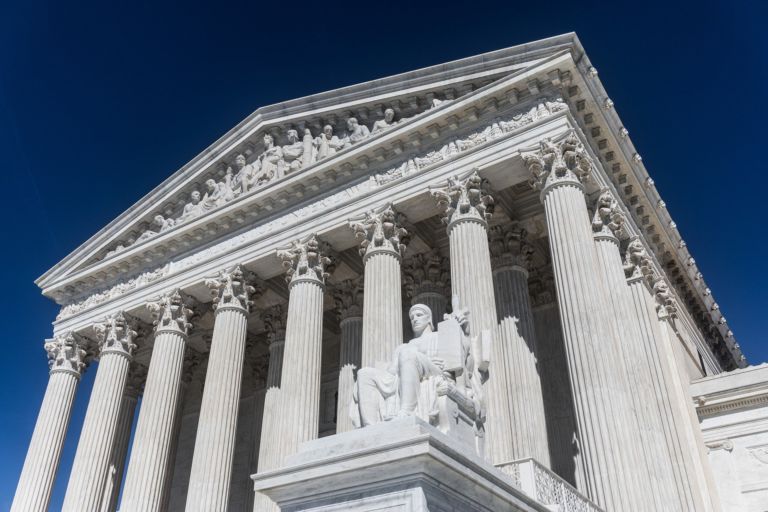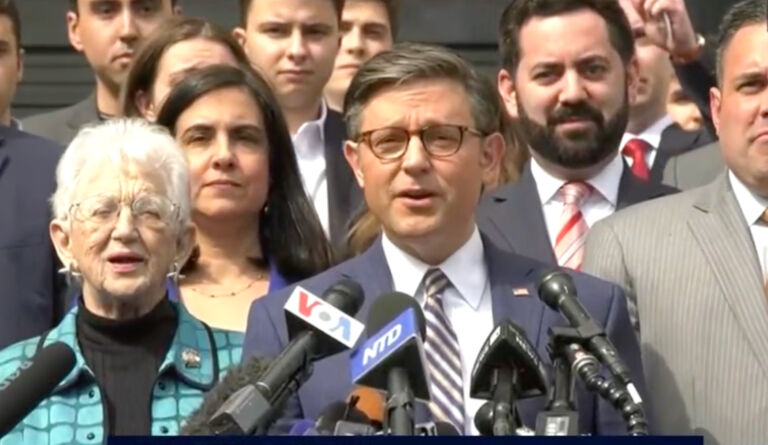Weekly John Locke Foundation research division newsletter focusing on environmental issues.
This newsletter highlights relevant analysis done by the JLF and other think tanks as well as items in the news.
1. Environmentalist propaganda invades NC End of Grade English exam
In past weeks this newsletter has focused on how state science exams in North Carolina have been used to promote a one-sided, environmentalist agenda to our state’s students. Now it appears that the state Board of Education is also adopting a similar strategy with respect to the state’s English exams.
Part of the End of Grade assessment test in 5th grade English is to have students read a short essay. Then the students are asked specific questions related to the essay. In the most recent test released as a preparation and study guide by the North Carolina Department of Public Instruction, an essay is given to the students called "Will you drive an electric car one day?" written in 2010 by Brian Dumaine for Time. (The entire article is pasted in below. The test can be found here.) This article uses loaded, propagandizing language and presents as fact points of view that are at best controversial and, in reality, totally unsupportable by solid analysis. Yet, there is no warning to the students that this is the case and no disclaimer.
First of all, the article displays a clear anti-oil bias in the very opening of the article, stating "Coming this fall, electric cars will be hitting the road in the United States. The cars may help Americans kick the oil habit one day."
In calling the use of oil a "habit" that apparently needs to be "kicked" the author is equating the use of gasoline — which is used to take these students to school, to sports activities, and on vacations, and insures that ambulances, police cars, and fire trucks can get to emergencies in a timely way — to activities like smoking or gambling. Indeed, it is absolutely silly to call the use of gasoline a "habit" at all, unless your goal is to demonize it. People couldn’t care less about what is used to fuel their cars so long as the fuel accomplishes the job of getting them where they want to go in a timely and low cost manner.
After reading the article, the students are asked the following question regarding this passage:
In the sentence below, what is the meaning of the phrase "kick the oil habit"?
"The cars may help Americans kick the oil habit one day."
A. get to use more oil
B. turn oil into gasoline
C. stop using so much oil
D. use oil only for important things
According to the answer key at the end of the test, the correct answer is C. Indeed, this is one of the main themes in the article, namely that it is important that we all "stop using so much oil." And what is the reason the article gives for this?
…the world’s population is slated to jump from 6.8 billion to 9 billion by 2050. So the supply of oil (which is turned into gasoline) won’t keep up with the number of cars on the road. Tony Posawatz is in charge of GM’s Volt project. He says, "Everyone agrees we have to get off of oil. In 10 years, the number of cars around the globe will rise from 800 million to 1.1 billion. We know the price of oil will go up."
Of course there is nothing in the article to suggest that this statement might be anything less than completely accurate. First, assuming that the population statistics are correct (Population growth rates are at 1.1 percent per year and declining.), the fact that these same trends would similarly increase the demand for coal, natural gas, and all the resources that go into generating electricity, thereby increasing the price of electricity needed to power electric cars, is not mentioned. The article gives the impression that electricity somehow magically appears in wall plugs and light sockets. Apparently it is only gasoline that is made from a scarce resource that comes under the influence of market conditions of supply and demand.
Also, as a matter of fact the article states that "the supply of oil will not keep up with the number of cars on the road" and quotes a shill for General Motors, which thrives on subsidies for its electric cars, as saying that "everyone agrees" we have to stop using oil and "we know the price of oil will go up," all without any supporting evidence. Of course, if he really does know that oil prices will rise, why isn’t he investing in oil futures at today’s lower prices? On the other hand, maybe he is.
Students are not told that, historically, as populations have increased and demand for oil has risen, both new supplies and new efficiencies in its usage have been discovered, actually causing prices to decline. Furthermore, they are not told that, historically, all significant increases in the price of oil have been caused by regulatory restrictions on supply, not increases in demand.
Will You Drive an Electric Car One Day?
by Brian Dumaine
Coming this fall, electric cars will be hitting the road in the United States. The cars may help Americans kick the oil habit one day.
Soon, electric cars may be whirring through your neighborhood. These quiet, clean, battery-powered vehicles can be charged in a wall outlet, like a giant power tool. This fall, General Motors (GM) is launching its electric Volt. The car runs on electricity, but it also has a gas engine. Nissan will begin selling its all-electric Leaf, a compact car that will average 100 miles on a charge. Other carmakers will start selling electric models in 2011.
Automakers say that the world’s population is slated to jump from 6.8 billion to 9 billion by 2050. So the supply of oil (which is turned into gasoline) won’t keep up with the number of cars on the road. Tony Posawatz is in charge of GM’s Volt project. He says, "Everyone agrees we have to get off of oil. In 10 years, the number of cars around the globe will rise from 800 million to 1.1 billion. We know the price of oil will go up."
CHARGE IT
To help car companies develop oil-free electric vehicles, the U.S. government has given billions of dollars to makers of electric cars. But huge roadblocks remain. It can take as much as eight hours to charge a car for only 100 miles of driving. And the distance the car can go changes depending on driving conditions. According to Nissan, the Leaf has a 100-mile range — on cool, sunny days and on flat roads. On a hot day in heavy traffic, its range drops to 47 miles.
Price is a problem too. Electric models cost much more than similar gasoline-powered cars. The good news is that electric-car technology is improving, and the prices of the vehicles are dropping as it does.
Where will drivers be able to charge the cars? The U.S. Department of Energy is giving grants to pay for at least 10,000 charging stations around the nation.
GEARING UP
Private businesses are also gearing up. Richard Lowenthal is the head of Coulomb Technologies, a company in California. He says that his firm will install about 4,500 charging stations, mostly at office parks and homes. The stations are rectangular boxes about the size of a parking meter. Each has a plug and cord. The cost? About $3 per charge. "The typical car is parked 23 hours a day. You can charge it while you work and while you sleep," Lowenthal says.
2. Ozone Report of 2013
The 2013 ozone season began on April 1 and, as in the past, each week during the ozone — often called smog — season, this newsletter will report how many, if any, high ozone days have been experienced throughout the state during the previous week, where they were experienced, and how many have been recorded during the entire season to date. According to current EPA standards, a region or county experiences a high ozone day if a monitor in that area registers the amount of ozone in the air as 76 parts per billion (ppb) or greater. The official ozone season will end on October 31. All reported data is preliminary and issued by the North Carolina Division of Air Quality, which is part of the state’s Department of Environment and Natural Resources. During the period from May 6 to May 12 there were no high ozone days recorded on any of the state’s monitors.
The table below shows all of North Carolina’s ozone monitors and the high reading on those monitors for each day of the 7-day period, May 6 to May 12.



